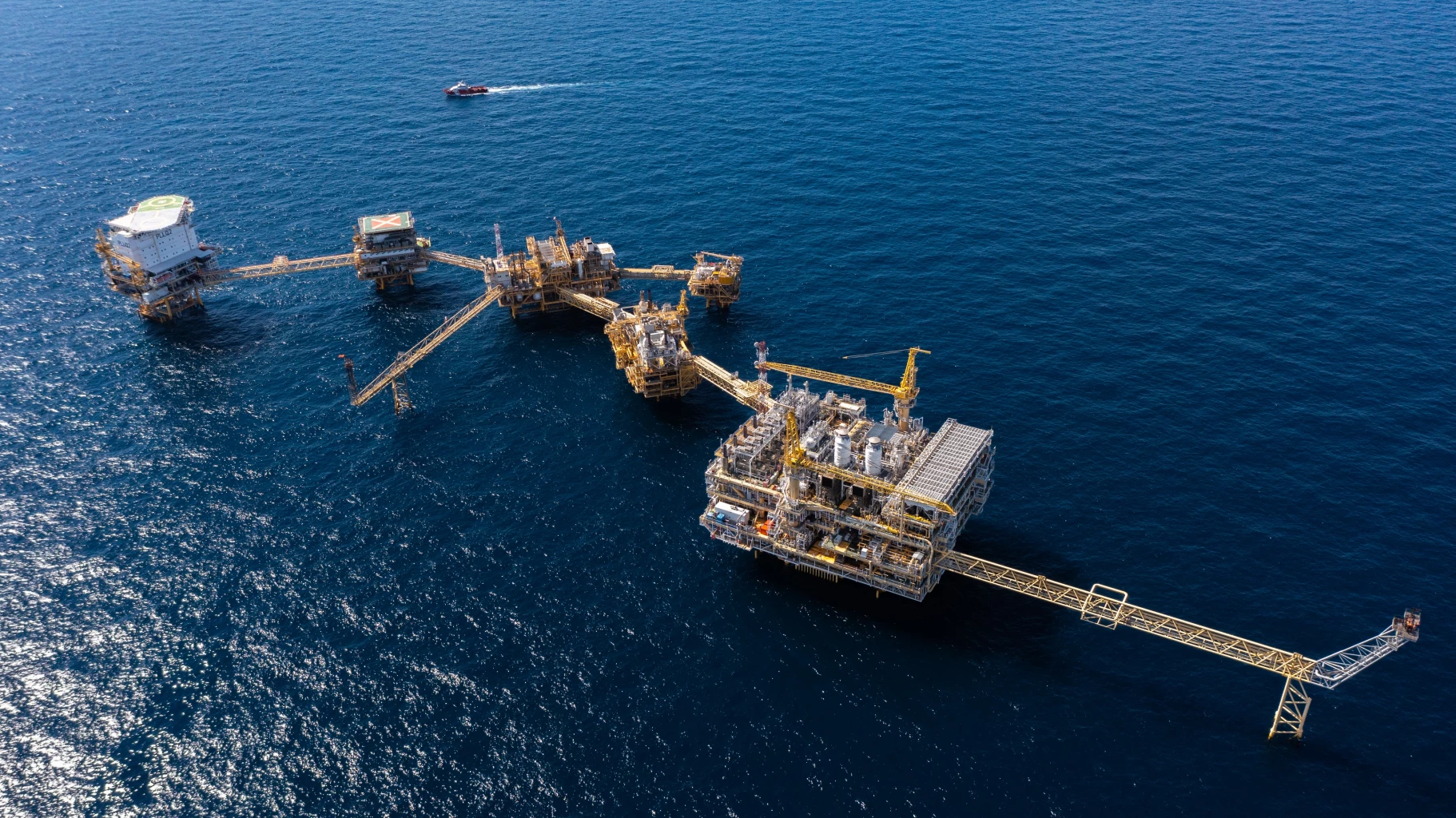Allianz Global Wealth Report: The end of complacency

ALLIANZ UNVEILED the ninth edition of its "Global Wealth Report", which puts the asset and debt situation of households in more than 50 countries under the microscope.
2017 was an exceptional year. Despite growing political tensions, it was an almost perfect year for investors. The economic recovery following the financial crisis culminated in a synchronous upturn around the globe and financial markets performed strongly, particularly equity markets. As a result, financial assets of households rose significantly by 7.7 per cent. Global gross financial assets increased to EUR 168 trillion.
Thailand: Financial assets growth slowed down
In 2017, financial assets of Thailand's households increased by 6.2 per cent, slowing down from 9.8 per cent in the previous year. The main "culprit" was securities which clocked growth of "only" 9.8 per cent, after a bumper year 2016 with an increase of more than 20 per cent. Other asset classes performed more or less in line with the year before: bank deposits increased by 4% and insurance and pensions assets by 3.8 per cent. Bank deposits remained the dominating asset class in Thailand's private households' portfolio, amounting to 45% of their total financial assets followed by securities, stocks and bonds with a share of 39.3 per cent.
The indebtedness of Thailand's private households remains a pressing topic. Despite a slight easing in 2017, private liabilities amounted still to a whopping 79.1 per cent of GDP, coming down from a peak 81.2 per cent in 2015. But this development did not reflect debt restraint, on the contrary: the increase in liabilities picked up last year again, reaching 4.6 per cent after 3.8 per cent in 2016; it was solely due to the fact that (nominal) economic growth outpaced loan growth. Although the increase was markedly below the double-digit rates witnessed between 2010 and 2013, especially households in the lower income deciles remain vulnerable. Rising interest and unemployment rates could easily lead to a growing number of households running into difficulties to pay back their loans.
Net financial assets increased by around 8 per cent, reaching EUR 4,330 per capita. Thus Thailand came in 44th in the list of the richest countries (financial assets per capita, see table for the top 20) worldwide like in the previous year. At the top of the list, Switzerland re-captured the top spot that it lost the year before to the US. In general, European countries did in 2017 better than in previous years; this, however, reflects first and foremost a stronger euro.
Industrialised nations catch up: the US overtakes China
The years following the crisis were mainly characterised by relatively weak asset growth in industrialised compared to emerging countries. This also changed in 2017. The acceleration in growth was due solely to development in industrialised nations: while growth in these countries increased by more than one percentage point to 6.5 per cent, in emerging countries it slackened by three percentage points to 12.9 per cent. The growth differential between these two groups of countries was thus at its lowest level since 2005, at 6.5 percentage points. The average figure for the past decade was twice as high, at 13 percentage points.
This contrasting development when it comes to growth in financial assets was largely due to the respective heavyweights, China (where growth slowed from 18.3 per cent to 14 per cent) and the US (where growth accelerated from 5.8 per cent to 8.5 per cent). In Asia (ex Japan) growth eased from 14.7 per cent in 2016 to 12.2 per cent in 2017. The US has thus overtaken China again in terms of absolute growth. In 2017, the US accounted for around 44 per cent of global growth in gross financial assets of households, while China accounted for only about 25 per cent. This ratio has averaged 26 per cent vs. 35 per cent over the last three years – but with China coming out on top.
More participation thanks to globalisation
The last two decades of rapid globalisation have given rise to a new global wealth middle class, which included almost 1.1 billion people at the end of 2017.
Fewer than half a billion people belonged to this group at the turn of the millennium, with just under half of them coming from Western Europe, North America or Japan. Today, these countries account for only a quarter of the global wealth middle class. In contrast, China's share has soared from just under 30 per cent to over 50 per cent in this period. The figures accompanying this success story are impressive: around 500 million Chinese people have moved up to join the ranks of the global wealth middle class since 2000, and over 100 million more can now even consider themselves part of the global wealth upper class. Thus today 62 per cent of the global middle wealth class and 42 per cent of the high wealth class are citizens of an Asian country.
Contributed by MICHAEL HEISE, chief economist of Allianz





